Rising Demand for Safety Gear
The Motorcycle Cooling Helmet Market experiences a notable increase in demand for safety gear among motorcyclists. As awareness of road safety rises, riders are increasingly seeking helmets that not only provide protection but also enhance comfort through cooling features. This trend is supported by data indicating that the motorcycle helmet market is projected to grow at a compound annual growth rate of 5.2% over the next five years. The integration of advanced cooling technologies into helmet designs is likely to attract more consumers, as they prioritize both safety and comfort. Consequently, manufacturers are focusing on developing innovative cooling solutions that meet these evolving consumer preferences, thereby driving growth in the Motorcycle Cooling Helmet Market.
Increased Motorcycle Ownership
The Motorcycle Cooling Helmet Market is poised for growth due to the rising trend of motorcycle ownership. As more individuals opt for motorcycles as a primary mode of transportation, the demand for associated safety gear, including cooling helmets, is likely to increase. Data indicates that motorcycle registrations have seen a steady rise, particularly in urban areas where traffic congestion is prevalent. This trend suggests that more riders are seeking helmets that offer enhanced comfort features, such as cooling systems, to improve their riding experience. Consequently, manufacturers are responding to this demand by developing innovative cooling helmet designs, thereby contributing to the expansion of the Motorcycle Cooling Helmet Market.
Climate Change and Heat Management
The impact of climate change is becoming increasingly evident, leading to hotter temperatures in many regions. This phenomenon significantly influences the Motorcycle Cooling Helmet Market, as riders seek effective ways to manage heat during their journeys. The demand for helmets equipped with cooling technologies is likely to surge, as riders prioritize comfort and safety in extreme weather conditions. Research suggests that helmets with advanced ventilation systems can reduce heat buildup, making them more appealing to consumers. As a result, manufacturers are investing in research and development to create helmets that not only protect but also provide relief from heat, thus addressing the needs of a changing climate and driving growth in the Motorcycle Cooling Helmet Market.
Growing Awareness of Health and Comfort
There is a growing awareness among motorcyclists regarding the importance of health and comfort while riding. This trend significantly impacts the Motorcycle Cooling Helmet Market, as riders increasingly seek helmets that offer not only protection but also enhanced comfort through cooling features. Research indicates that discomfort from heat can lead to decreased concentration and increased risk of accidents. As a result, manufacturers are focusing on developing helmets that address these concerns, incorporating advanced cooling technologies to improve rider comfort. This shift in consumer preferences is likely to drive demand for cooling helmets, thereby contributing to the overall growth of the Motorcycle Cooling Helmet Market.
Technological Innovations in Helmet Design
Technological advancements play a crucial role in shaping the Motorcycle Cooling Helmet Market. Innovations in materials and design are enabling manufacturers to create helmets that not only meet safety standards but also incorporate effective cooling mechanisms. For instance, the use of lightweight, breathable materials enhances airflow, while integrated cooling systems provide additional comfort for riders. Market data suggests that the adoption of such technologies is likely to increase, as consumers become more discerning about the features they desire in helmets. This trend indicates a shift towards helmets that combine safety with comfort, thereby driving the growth of the Motorcycle Cooling Helmet Market.


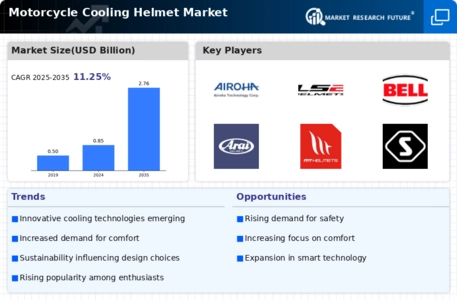
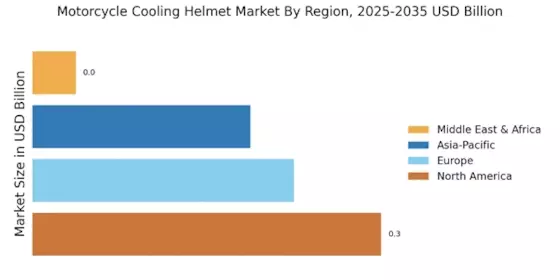
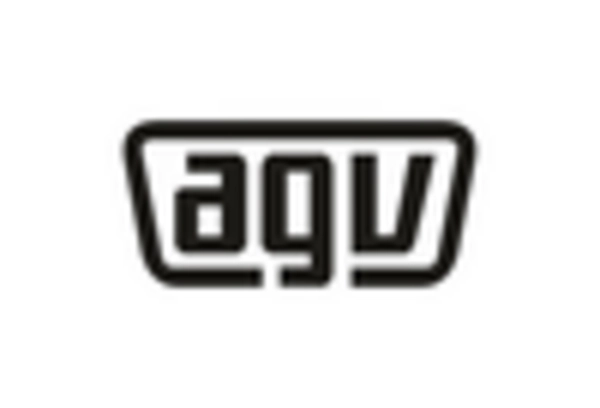
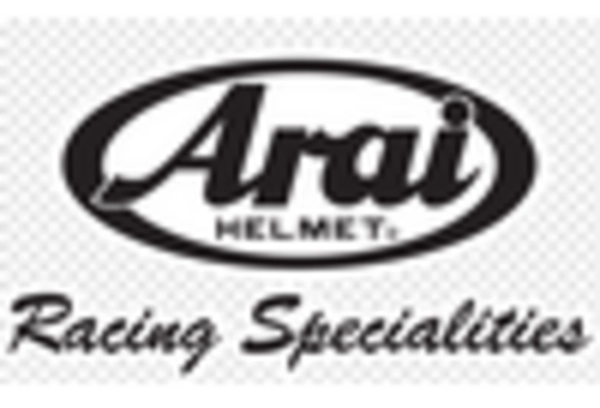
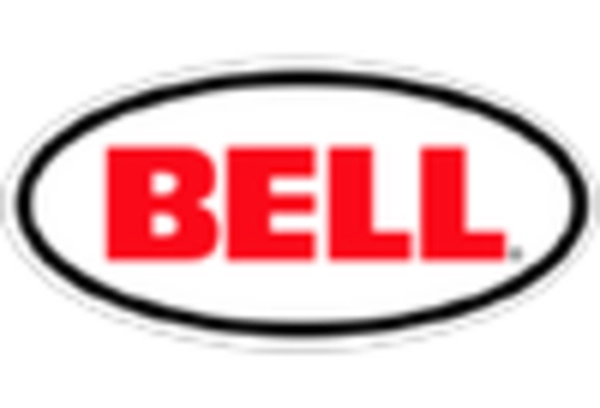
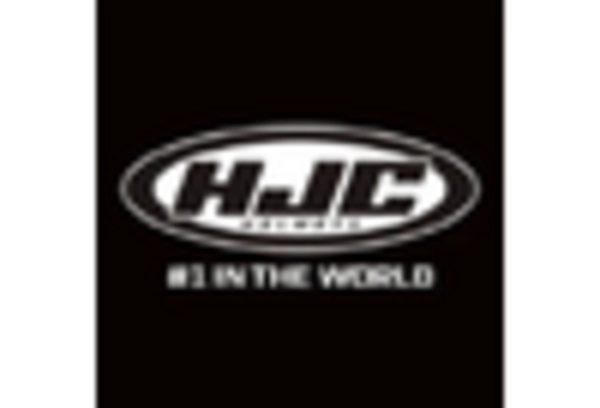
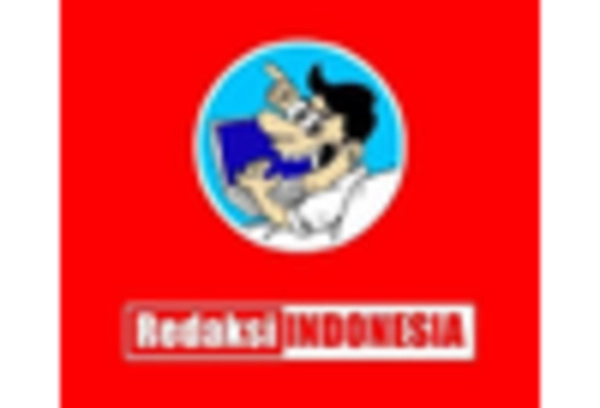









Leave a Comment